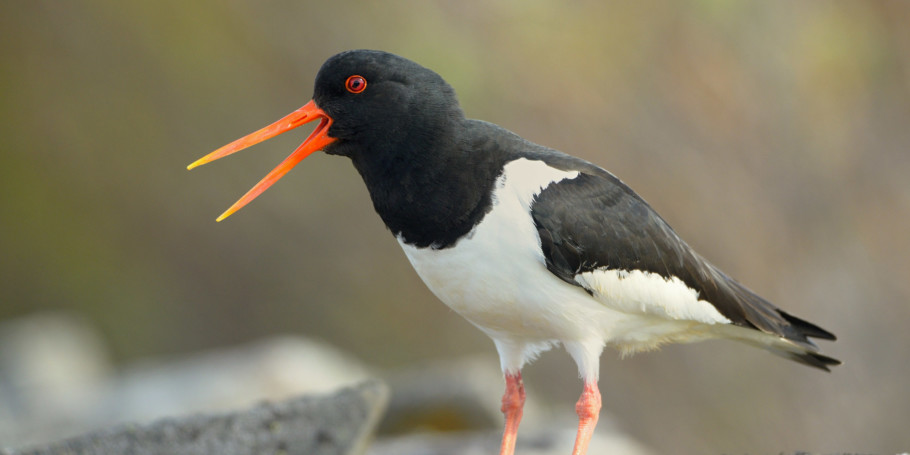Birding At The Harrison Spinks Farm
20th March 2019
Lifestyle
The Spring Equinox is upon us and it’s the time of year when wildlife starts thriving at the Harrison Spinks farm. When Harrison Spinks purchased Hornington Manor in 2009, the RSPB came to conduct a survey of the 300 acre farmland. Amazingly, they counted a total of 58 different varieties of birds and now the warmer weather is just around the corner, here are some of the breeds we’re expecting to see over the coming months!
UK Conservation Status
The RSPB give a conservation status to each variety of bird in the UK.
Red - this status is given to species with the highest conservation priority because they are globally threatened and population is rapidly declining. At the Harrison Spinks farm, we have 10 species with red status.
Amber – this is the next most critical status. Birds in the amber list will have seen some historical decline in population over the last two centuries, but generally numbers have been recovering in the last 25 years.
Green – bird species with green status are under no threat and number are generally healthy both in the UK and globally.
Yellowhammer – red status
Around the same size as a common sparrow and with their distinct bright yellow feathers, Yellowhammers are one of the rarer breeds, but they can be spotted all year round at the Harrison Spinks farm. Yellowhammers in general are birds of the open countryside, so rarely will you find them perching in your back garden. Instead, you’re far more likely to see one in the hedgerows of a farmland setting with plenty of wide open space.
Typically, a male Yellowhammer will have very bright and distinct plumage on its head and stomach. Females and juveniles will have a more subtle yellow tinge and generally, in winter, their plumage is slightly more subdued, making them that little bit harder to make out.
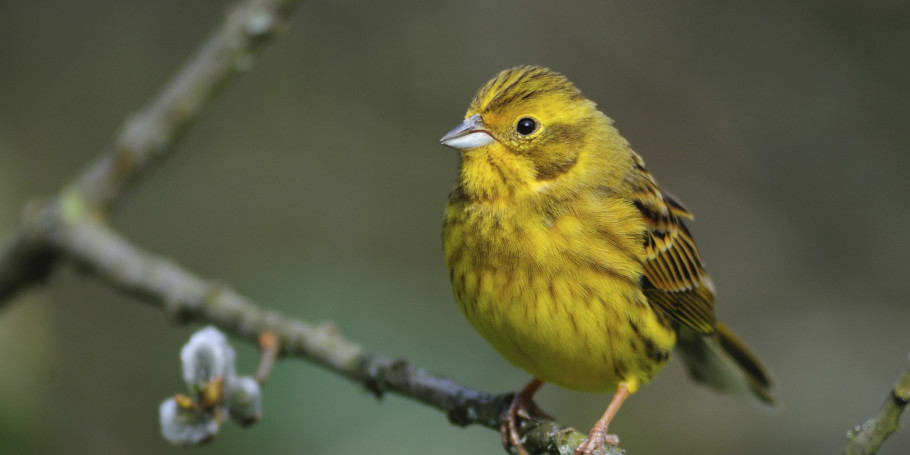
Golden Plover – green status
The golden plover is definitely one of the more common birds on our list and can be seen all year round in the UK. A little smaller than the Lapwing, the Golden Plover is similar in that this species also travels in large numbers across farmlands in the winter months. From May to September, you are more likely to see a Golden Plover in isolation as they separate for breeding.
Smaller than its relative, the Grey Plover, adults have a black throat and chest with a spotted, golden back to give them their name. As they often travel with flocks of Lapwings, they can be distinguished by their sharper and more pointer wings.
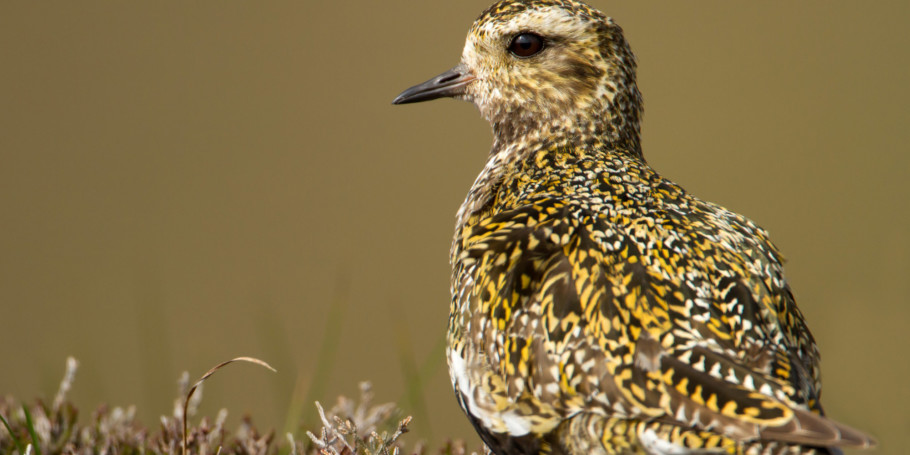
Skylark – red status
Skylarks are one of our personal favourites due to their strong associate with arable farm land. There is concern that skylark numbers have been dropping in recent years due to food shortages in winter. However, to help with the recovery in numbers, many farmers have been doing all they can to prepare their farmland and make them more suitable for skylarks. The Harrison Spinks farm is a great example of this as it has a dedicated skylark plot where crop seeds aren’t planted so the vegetation remains at a low level, making it easier for skylarks to hunt out insects and food.
As for the breed itself, it’s not always an easy one to pick out. It has a relatively dull brown plumage but a distinctive long tail and a short, blunt crest on the head.
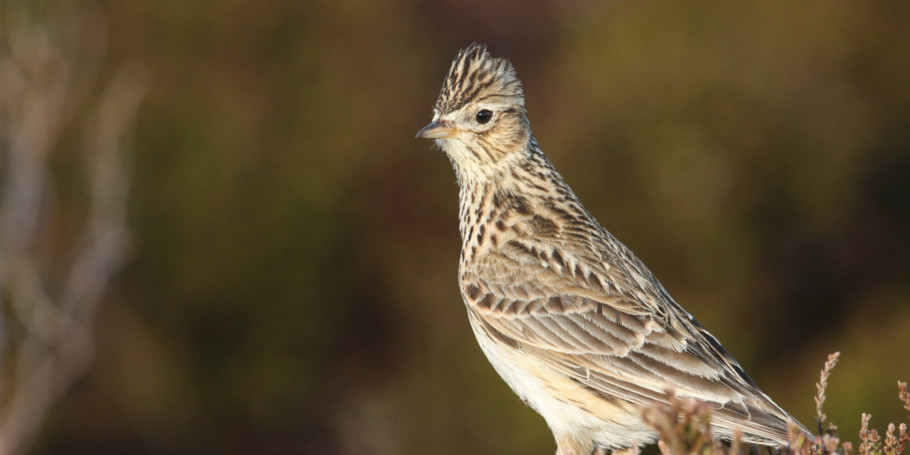
Lesser Whitethroat – green status
Throughout the months of April-September, you may see this small and shy species in woodland areas. They have a greyish-white body with an often pure white throat and darker grey wings. Lesser Whitethroats are very shy creatures, so you’ll most likely hear them before you get a chance to spot them as they have a distinct, harsh and rattling song.
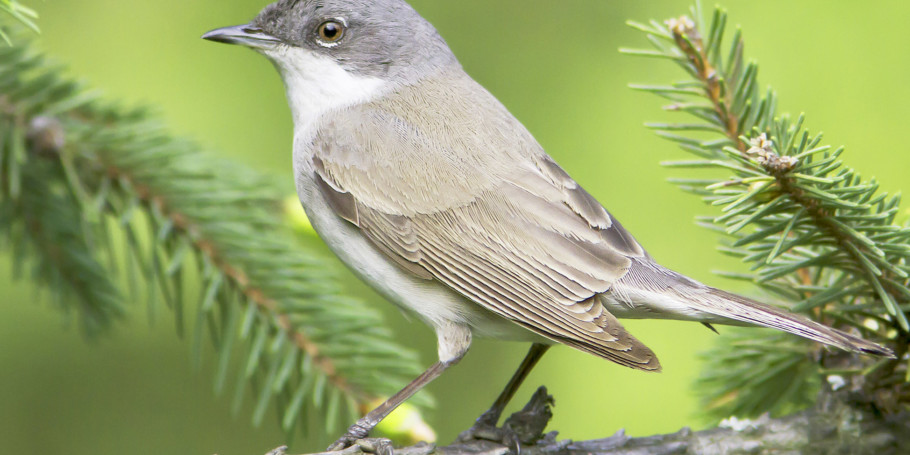
Lapwing – red status
The lapwing (or the ‘Lappy’ to those in Yorkshire) is another bird the RSPB have attributed red status to in terms of conservation priority. However, these birds are often seen due to their seasonal migration in large flocks. Often, lapwings will mark the changing of the seasons as they travel in numbers during the winter, but slowly dissipate to breed when spring comes around. Marked by their long crests and black and white patterns, lapwings are one of the more common species at the Harrison Spinks farm.
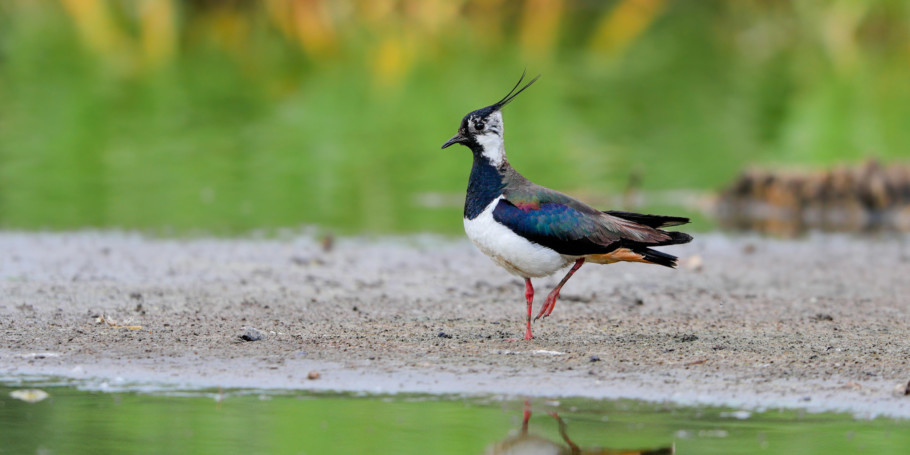
Blue tit – green status
This is definitely one of the more common and instantly recognisable breeds on the Harrison Spinks farm and in the UK in general. The blue tit is a common inland bird and you’ll often see it perching on the branches of your own back garden. In winter, the birds will travel in large flocks with their relative species, the great tit.
Identifying the blue tit is relatively easy. You’ll be able to instantly recognise this breed from its colourful blue cap and yellow body.
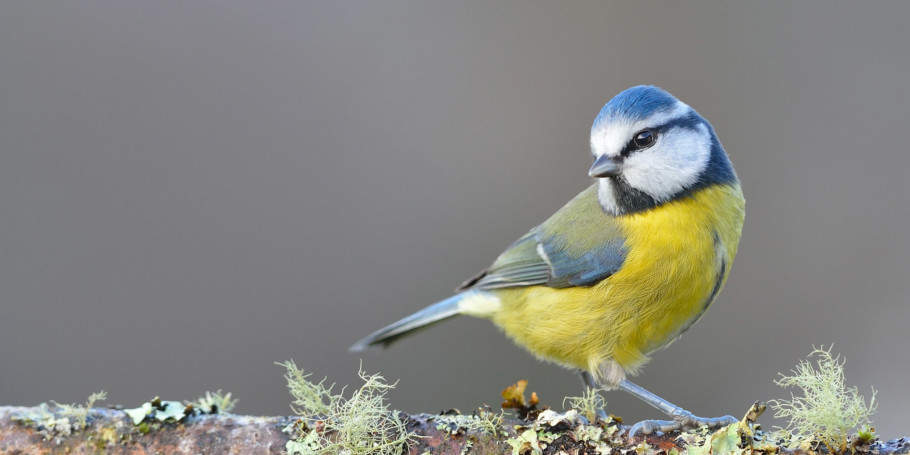
Oystercatcher – amber status
Often associated with coastal areas, many would be surprised the by Oystercatchers appearance at the Harrison Spinks farm. However, in winter, the Oystercatcher can move inland to large areas of land with a river nearby. The River Wharfe runs right through the Harrison Spinks farm and may be why we’re often blessed with the presence of the Oystercatcher during summer months.
This relatively large bird can be identified by their black head and wings in contrast to their white underside. The Oystercatcher also has a long, red bill to help with feeding when in areas with bodies of water present.
